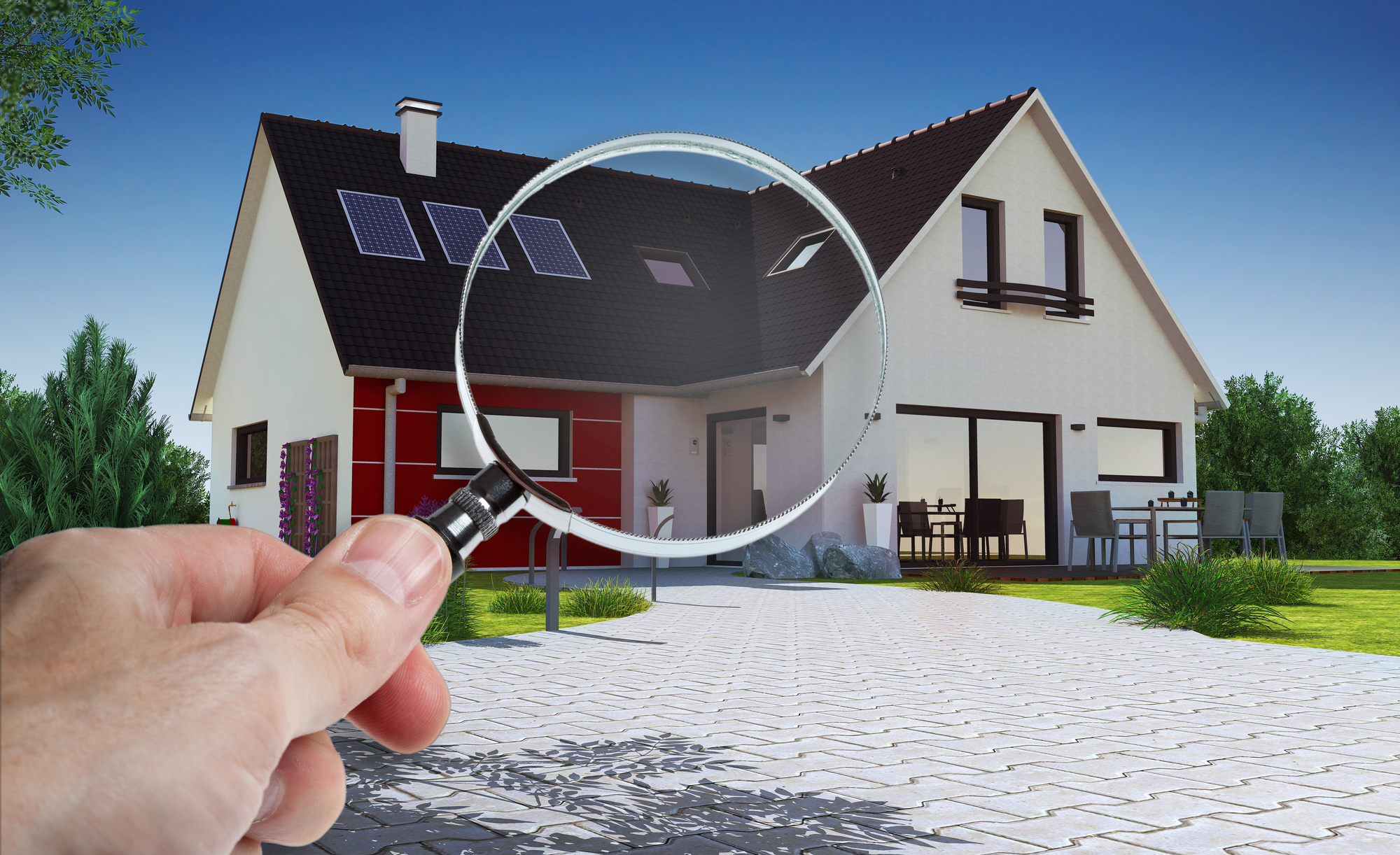 Did you know that there’s a strong correlation between high radon levels in the home and lung cancer?
Did you know that there’s a strong correlation between high radon levels in the home and lung cancer?
If you think that you have a high radon level in your home, there’s no time to delay. You need to discover the highest radon levels first so that you can ventilate your home and reduce the risk of getting lung cancer in the future.
To help you better understand your radon levels, we think that a complete guide to understanding your radon levels in the home is necessary. This way, you can make a wise decision regarding a radon mitigation system for your home.
To help you get started, here are some of the most significant tips that you’ll need to know about radon in the home.
What is Radon?
Radon is a colorless, odorless, and tasteless gas that is found naturally in the environment. It is produced by the decay of uranium and thorium in the soil and can be found in both indoor and outdoor air.
Radon is a health hazard because it is a radioactive gas. Inhaling radon can damage the lungs and increase the risk of lung cancer. The EPA recommends that homeowners test their homes for radon and take action to reduce radon levels if they are high.
The Different Radon Levels
There are four different levels of radon based on the level of radioactivity in the gas. The first level, known as “zero,” has no radioactivity and poses no danger. The second level, “low,” has very low levels of radioactivity and is not considered dangerous.
The third level, “medium,” have higher levels of radioactivity and is considered dangerous. The fourth and final level, “high,” has extremely high levels of radioactivity and is considered very dangerous.
How to Test for Radon
The best way to find out is to test for it. Radon testing is relatively simple and inexpensive, and it’s the only way to know for sure if you have a radon problem.
There are two basic types of radon tests:
- short-term
- long-term
Short-term tests take anywhere from two to 90 days, while long-term tests take at least three months.
If you’re not sure which type of test to get, ask your local health department or contact a qualified radon tester for more info. No matter which type of test you choose, be sure to follow the instructions carefully and make sure the test is placed in the lowest level of your home that is occupied oregularly
Radon Mitigation Techniques
If you find that your home has high levels of radon, there are ways to reduce the risk. One option is to install a radon mitigation system.
Some of these techniques include sealing cracks and openings in the foundation, installing a radon ventilation system, and increasing ventilation in your home. These techniques can be effective in reducing radon levels, but it is important to have your home re-tested to ensure that the levels have been reduced.
Protect Your Family Now!
If you’re concerned about radon levels in your home, don’t hesitate to get a test from a reliable source. You can also take action to reduce radon levels if they’re elevated. The bottom line is that you should be aware of the risks associated with radon exposure and take steps to protect yourself and your family.
If you would like more tips on how to make your home more manageable and safe, please keep reading our blog for more tips.
Leave a Reply